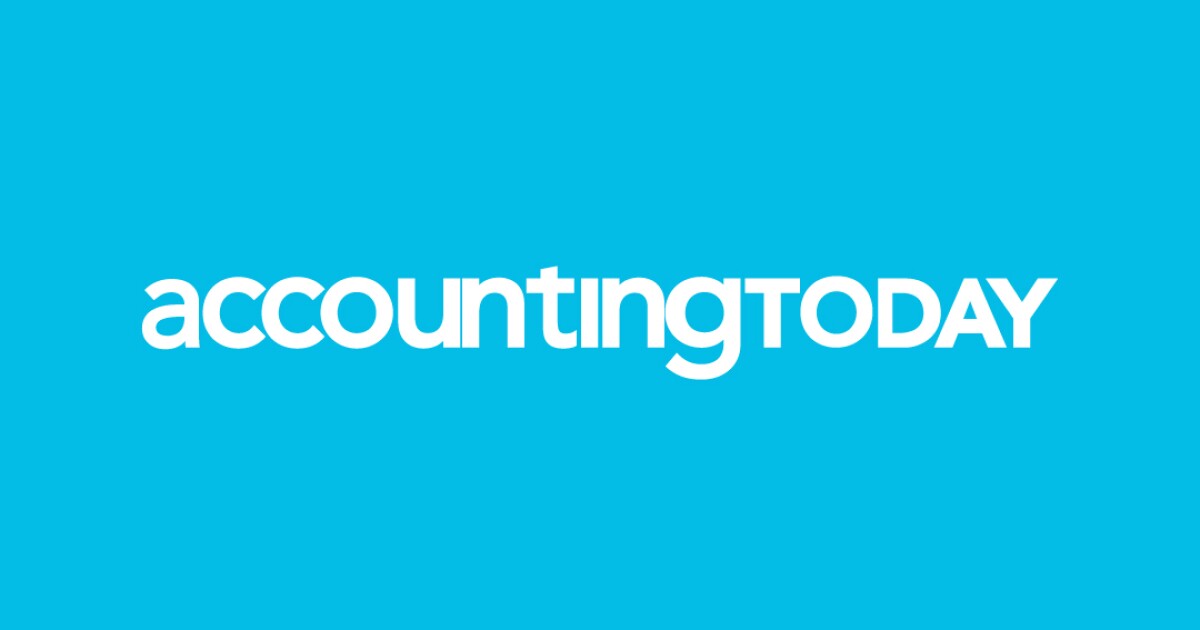Opinions expressed by Entrepreneur contributors are their own.
While there are other benefits, one of the most important reasons you’re in business is to make money. And it stands to reason that if you’re in business, you’d like to keep as much of what you generate as possible. That could be why so many people hate paying taxes.
But if you’re doing your bookkeeping correctly, you’ll find there are ways to keep some of the value your business generates. All you want to do is pay your fair share. And keep what’s left to run a successful small business or grow that business into something even bigger.
Above all, remember that you pay taxes on your profit, and your profit is your income minus your ordinary expenses; you report this to the IRS every year on Schedule C. So when you sit down to do your taxes or hand your information over to your tax accountant, you should be sure you’ve tracked every single business expense.
Related: These Are the Top Tax Filing Mistakes Made by Small Business Owners (and How to Avoid Them)
What deductions are obvious? Anything you buy that directly affects your business and is used for your business. If you’re in construction, it’s the cost of your equipment and raw materials. If you’re a web designer, it’s the software you use. Look at Schedule C and you’ll see the obvious ones: advertising, office expenses, licenses, utilities and more.
You need to be careful defining some expenses, especially if you’re running your business out of your home. Yes, you can deduct the part of your home that you use exclusively and regularly for business. But if you work weekdays at your home office and watch football from it on Sunday, it’s not exclusive to your business. If you only do your month-end bookkeeping in it — even if that’s all you do in it — once-a-month office use is not considered regular use.
But when you’re assembling your receipts or downloading expense data from your small business financial management system to provide to your tax accountant, there are certainly some expenses that you might not have thought to include. There may be other expenses you claim that are not eligible deductions. If filed in error, these mistakes could cost you fines — or worse — if you’ve deducted more than you should have or are permitted to.
Related: Here’s Why It Pays to Track Every Tiny Business Expense
Tax deductions you might be missing
While Schedule C enumerates 21 types of expenses, you still might miss some perfectly legal deductions. For instance:
- Repairs or alterations to your home office: If you’re there all the time, then expenses like painting, re-flooring and brighter light fixtures would be deductible. Having a cleaning service for your office would be as well. The desk and file cabinets you use would also be deductible — as would the repair to the wall after your desk chair banged it up.
- Education: Any education or training related to what you do to earn money is deductible. Many professionals require professional development courses to keep their licenses current. Others take classes to learn how to improve their business. If it’s relevant, it’s deductible.
- Local travel: When you visit a client and pay to park in the lot across the street, that parking fee is deductible. If you take a toll bridge to cross the river to visit your client’s office, that bridge toll is deductible. And so is your mileage, assuming your client doesn’t reimburse you for those costs.
- Your website: A website is a must-have to find and connect with new and existing customers. All related costs can be deductible — paying the person who creates it for you, paying for the website to be hosted, paying for its security, paying for the pictures and copy you post to it, etc. It’s all part of advertising, which is more than paying to run a small ad on your local radio or television station.
- Startup costs: If this is your first year, the legal and professional fees you pay to complete and file your paperwork are deductible. Fees above the $5,000 first-year limit can be amortized over the succeeding 15 years.
- Research and development: If you’re creating a new product, the expenses relevant to bringing that product to market are deductible.
- Interest on debts: A loan you take for business purposes is tax-deductible as long as it’s an arms-length transaction. Keep track of the interest costs so you can deduct them at tax time. Your business credit card interest is also deductible.
- Industry publication subscriptions: Every trade has a publication that keeps its practitioners current, from Advertising Age to Chain Store Age to Industry Week. Online subscriptions are also deductible.
- Retirement savings for self-employed business owners: These include self-employed simplified employee pension (SEP) plans, solo 401(k) plans and Keogh or HR-10 plans.
- Business gifts: There’s a limit of $25 per person per year for gifts to clients. But, 100 percent of the cost of employee meals at events such as holiday parties and company picnics is deductible.
- Perks for your employees: Coffee in the office? That candy bowl at the front desk? 100 percent deductible. Lunch brought into the office can be fully deductible, while taking the team out for lunch is only 50 percent deductible.
- Club or organization membership fees: The organization must be business- or community-related, such as a chamber of commerce, trade association or a professional organization.
- Lawn mowing: If you receive clients at your home office, keeping the entrance to your house clean and presentable may be deductible.
- Childcare for solo professionals: If you’re a parent and have a home office but you need to meet a client outside the home, childcare is deductible. If you’re leaving the house to go shopping, it’s not.
Related: 75 Items You May Be Able to Deduct from Your Taxes
Just remember, you can’t deduct what you aren’t tracking. Prior to the 1980s, you didn’t have many options — record-keeping systems included paper, pencils and file cabinets. The late 20th century made spreadsheets an option, which required ensuring formulas were put into the correct cells as well as remembering where the related backup documentation was saved.
The modern era has given way to even better ways of tracking information, and distilling years of accounting and bookkeeping know-how into an easy-to-use software platform. Now you can stay on top of all of the purchase orders, invoices and receipts you’ll need as a backup to your accounting records. And, have them all safe in a cloud-based system. Files, images, emails and scanned paper documents can be captured from a mobile device or a computer and stored safely online. You can categorize all transactions easily by account category and relevant tax schedule for subsequent reporting and filing.
These systems can be accessed from anywhere your business takes you, from home office to factory floor to out-of-state business pitch. You can pull them up when needed (such as for a loan application, a meeting with your accountant or deciding on financing a business improvement).
Consider financial document management solutions that can also automatically extract data from these documents. Instead of keying these numbers into a spreadsheet or paying your tax accountant to do this manual work, systems like Neat automatically feed financial data to accounting and tax software. These systems can make it easier to account for all of your business expenses — the obvious ones and those that can be often overlooked.
Related: The Most Forgotten Tax Deductions Business Owners Should Take




